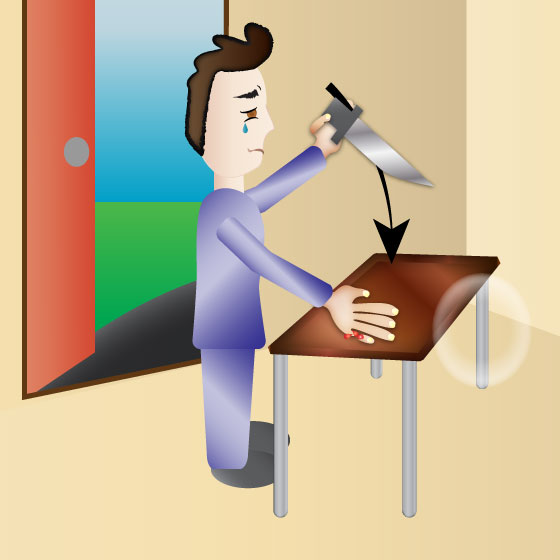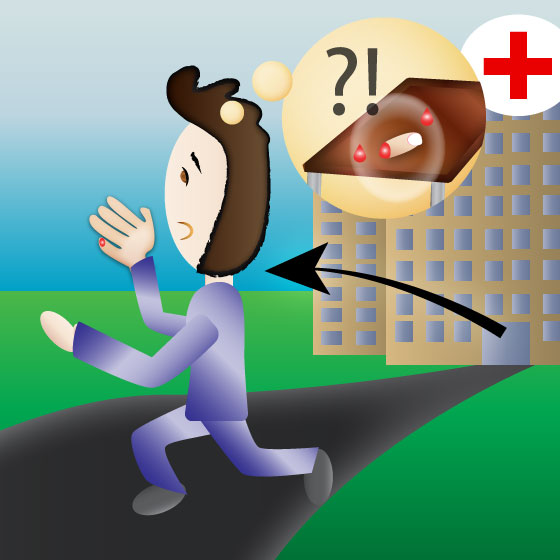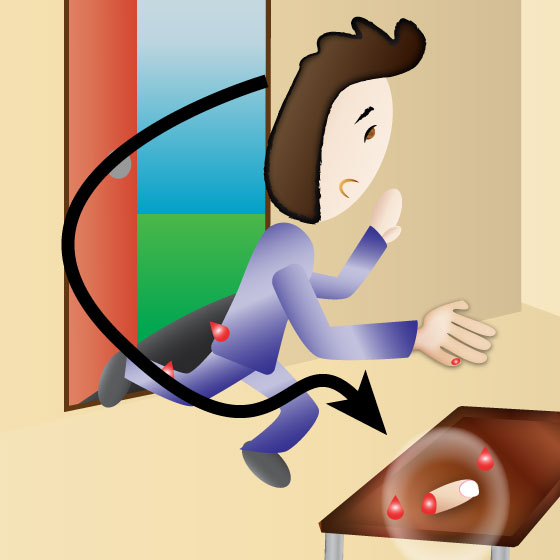Step 2:
After learning the plain forms of verbs, be able to divide them into three categories (Class 1, Class 2, and Class 3).
This is very important to know how to conjugate the verbs into different forms
such as negative forms, -te forms, potential forms, passive forms, etc. to add
meaning to verbs or to use verbs in different grammar structures. For
example, you know the phrases in the Classroom Instructions, ”いってください” ”みてください.”
In this structure, you have to use -te forms for verbs + ください to express a
request. If you can categorize the verbs, you can guess how to make a verb
into -te forms.
Class 1: Everything except class 2 and 3.
Class 2: The plain non-past forms of verbs that end with ”い i sound +
る” or ”え e sound + る” E.g. 食べ(たべる) taberu,
寝る(ねる) neru, 〔起きる(おきる)okiru, 見る(みる)miru, etc.
There are some exceptions, some of which are 切る(きる kiru) to
cut、走る(はしる hashiru)to run、知る(しる shiru)to know、要る(いる iru)to need、帰る(かえる
kaeru)to return、入る(はいる hairu) to enter
(see below to help you memorize them*).
Class 3: Irregular verbs. There are only two. "来る(くる)to come"
and "する to do"
* How to remember the class2-look-like exceptional verbs? Here is a story of Yakuza (a Japanese mafia) to help you remember.
A Yakuza member have to accept a punishment for a mistake, they often cut off the tip of their fingers (starting with a pinky).
| He
cuts off his pinky. きる |
He
rans to a hospital to get it sewn back on again. はしる |
He knows (realized) that he accidentally left it behind. しる | He needs it. いる | He returns and enters the room. かえる & はいる | He rans to the hospital again. はしる |
 |
 |
 |
 |
 |
 |